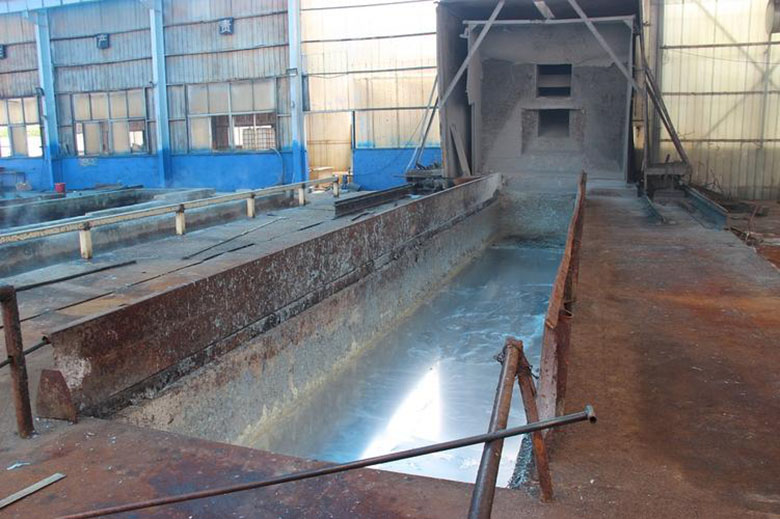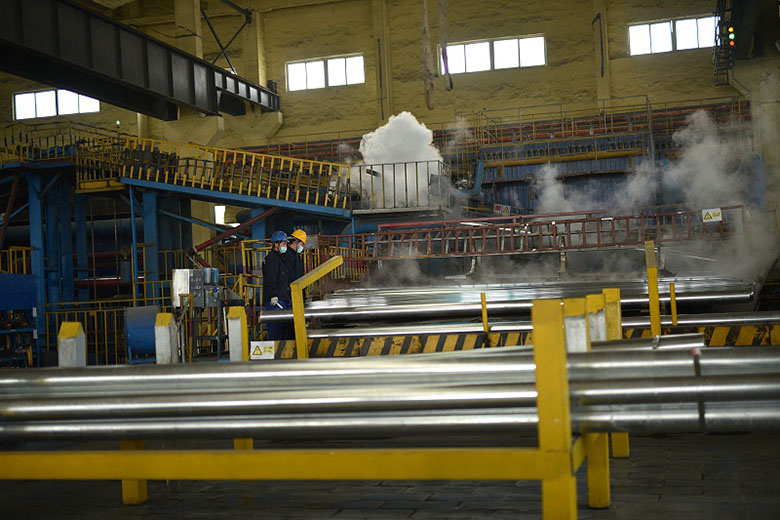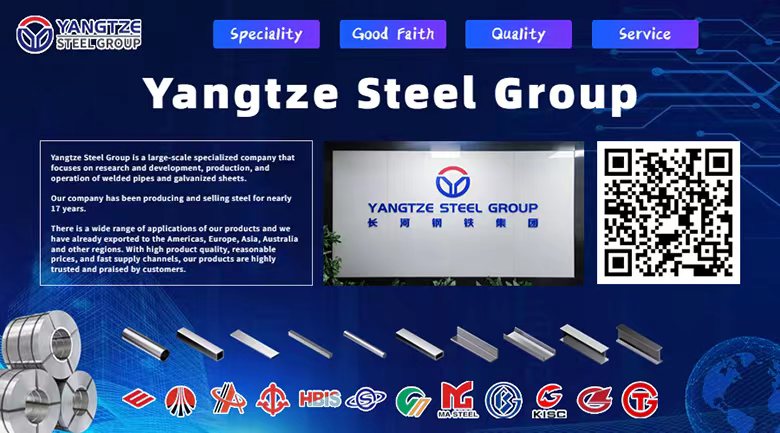Hot dip galvanizing process
Hot dip galvanizing : is an effective metal anti-corrosion process, mainly used for steel structural parts in various industries. It is to remove rust from carbon steel, cast iron and other metal components and then immerse them in molten zinc liquid at 435-445℃, so that the zinc-iron alloy layer and pure zinc layer are attached to the surface of the workpiece, thereby achieving the purpose of anti-corrosion.

The production process of hot-dip galvanizing technology mainly includes steps such as original plate preparation, pre-plating treatment, hot-dip plating, post-plating treatment and finished product inspection.
During the original plate preparation stage, the steel surface needs to be cleaned to remove oil and rust. Pre-plating treatment includes pickling and solvent treatment to remove oxides and contaminants on the surface of the steel plate, and ensure that the steel plate maintains a clean, pure iron active surface without oxides before galvanizing.
Hot dip plating is the core step. The steel plate is immersed in a molten zinc bath with a temperature of about 450°C~500°C to form an anti-corrosion coating. Post-plating treatments may include steps such as cooling, finishing and passivation to improve the appearance and performance of the coating.

According to different pre-plating treatment methods, hot-dip galvanizing technology can be divided into two categories: off-line annealing and in-line annealing. Off-line annealing is recrystallization annealing before the hot-dip galvanizing line. The steel plate is annealed in the annealing furnace and then galvanized. For in-line annealing, the cold rolling or hot rolling workshop directly provides coils as the original sheets for hot-dip galvanizing, and gas-protected recrystallization annealing is performed in the hot-dip galvanizing line.

The hot-dip galvanizing process has been widely used in the automotive industry, home appliance industry, construction industry, mechanical and electrical industry and other industries, and is a common method to protect steel structures from corrosion. However, since the hot-dip galvanizing process involves high temperatures and chemicals, strict safety regulations need to be followed during operation to ensure the safety of workers and equipment.









